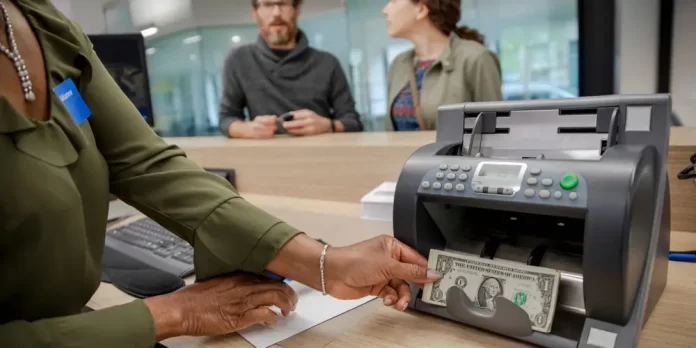Fed Chief Jerome Powell warned in March that the financial tumult that started with Silicon Valley Bank could eventually lead to a credit crunch — but Americans already say they feel the squeeze.
A consumer expectations survey published Monday by the New York Federal Reserve found that an increasing number of US households perceive that their access to credit has deteriorated, with the share of respondents saying so reaching a new high.
«Respondents were more pessimistic about future credit availability as well, with the share of households expecting it will be harder to obtain credit a year from now also rising,» the New York Fed economists wrote.
As the chart below shows, the percentage of households that are finding it either «much harder» or «somewhat harder» to get credit is at the highest since at least 2014.
Additionally, the survey found that the perceived probability of missing a minimum debt payment in the next three months climbed 0.3% to 10.9%. That remains its 12-month trailing average of 11.4%, however.
Powell, for his part, had warned at the end of last month that the banking fallout could trigger a credit crunch with «significant» implications for an economy already expected to slow down.
«We’ll be looking to see … how serious is this and does it look like it’s going to be sustained,» Powell said at a press conference after the Fed’s 25-basis-point rate hike. «It could easily have a significant macroeconomic effect, and we would factor that into our policies.»
Securing a credit line had already become more difficult in the last year, with the Fed raising interest rates nine consecutive times.
In the fourth quarter of 2022 — before the collapse of SVB — nearly 45% of banks made it more difficult for businesses to get a commercial and industrial loan, according to a separate Fed survey of senior loan officers.
«The credit crunch has started,» Torsten Slok, chief economist at Apollo Global Management, said in response to the report.
With multiple bank failures in March and regulators’ introduction of a new emergency backstop, commentators have warned of more trouble ahead.
Tighter credit conditions means lenders raise the bar for borrowers, and households have to meet stricter parameters to obtain a loan.

